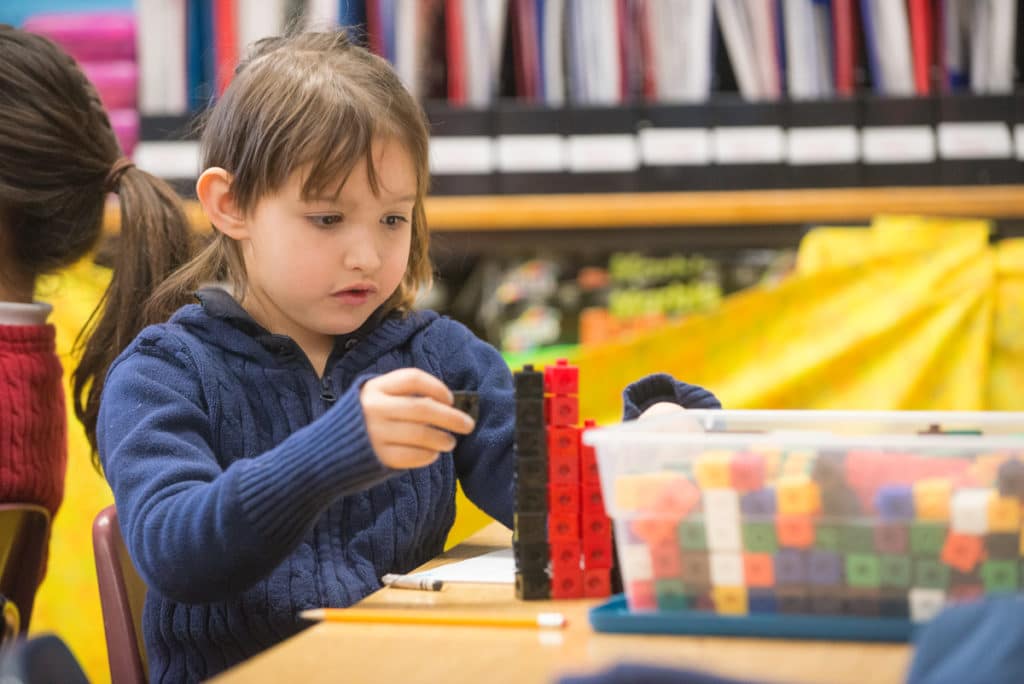
Walking into my classroom on a typical day, you must take care not to interrupt a group collaborating on writing rap lyrics to explain how Hank Zipzer (“the world’s most talented underachiever” in Henry Winkler’s popular books) dealt with his “learning differences”; disturb a student creating a survey to determine and graph the multiple intelligences represented in our classroom; or step on the “Region-op-ardy!” game, a student version of Jeopardy! in which the children review the regions of the United States and ask each other “Why is this important to learn?”
In this classroom, children can choose from a variety of media and methods to achieve learning goals. Drawing and creating games are as legitimate a way to learn as writing and doing science experiments. But it wasn’t always like this. The change began several years ago, when I challenged myself to put psychologist Howard Gardner’s ideas about multiple intelligences to work in my classroom. What, I wondered, would the children’s learning be like if they could meet learning goals in ways that let them use their dominant intelligence? What would my teaching be like?
As I studied Gardner’s theories, I was also learning about the Responsive Classroom approach. I was especially taken with two of its principles: “How children learn is as important as what they learn; process and content go hand in hand,” and “Knowing the children we teach—individually, culturally, and developmentally—is as important as knowing the content we teach.” These principles, I thought, fit well with one of Gardner’s core ideas: The best learning happens when the learning process fits the students, giving each of them opportunities to learn in ways that are most comfortable for them.
My work, therefore, was to know how each of my students learned best and to use that knowledge to make their learning a smoother, more enjoyable process. I began observing the children at work and at play to see which intelligence dominated for each of them. I also talked with the children about multiple intelligences and asked them to complete learning inventories. These tools sharpened my knowledge of the children, helped them understand themselves as learners, and let them participate directly in my plan for changing teaching and learning in our classroom.
Gradually, I began offering the children more choices in the ways they could show their learning, trying to use ways that reflected Gardner’s eight intelligences. My skill in doing this developed as I began learning more about the Responsive Classroom approach and Academic Choice [see Learning through Academic Choice].
My classroom today is a busy, happy place where the children’s joy in learning energizes and motivates them—and me. Finding ways to bring out the best in each student makes teaching more fun. I also feel that I can more accurately assess the children’s developing skills, as well as their content knowledge, because they’re more likely to work to their fullest potential when they can choose how to represent their learning.
I didn’t fully realize the impact my new way of teaching had on the children until one student designed a poster to hang in our classroom: “Welcome to Mrs. Biondi’s Classroom . . . Where learning is fun; creativity is accepted; drawing is learning; and frogs are princes.”
Linda Biondi teaches fourth graders at Pond Road School in Robbinsville, New Jersey.
Key points: